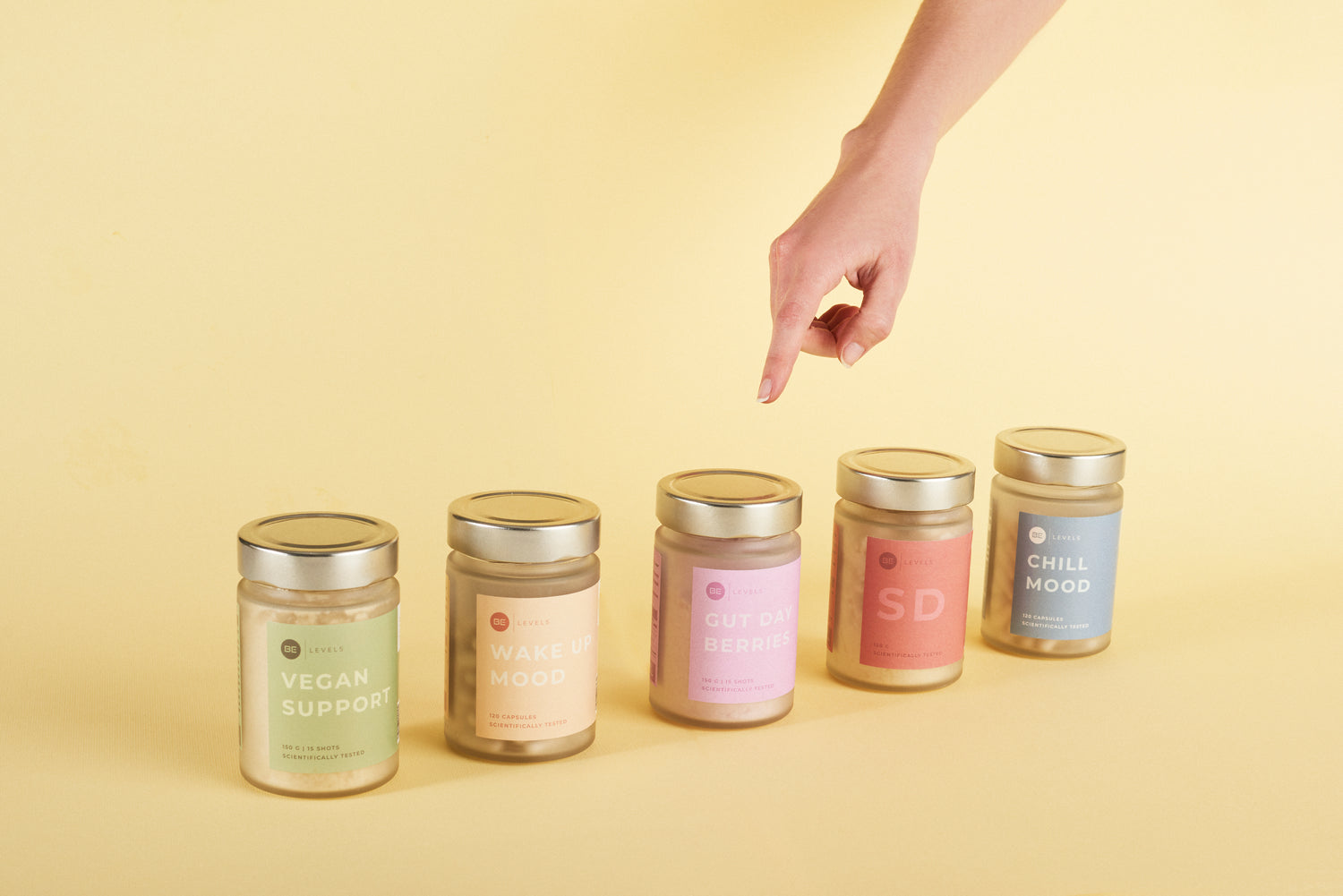Estimated Read Time: 3.235 min.
You have as many cells in your body as there are bacteria in your gut.
We understand how microbiota is that set of bacteria and other microorganisms that coexist in a certain place.
Our microbiota is made up of bacteria, viruses, fungi, parasites and archaea that, despite the fact that many feel anguish knowing that microorganisms of this type are found within us, are essential to maintain a competent immune system and to be able to carry out important processes such as digestion.
In the previous article we saw an introduction to intestinal health and the causes that can alter it. Today, we take one more step and we tell you about different factors that can be decisive in the balance or imbalance of our microbiota.
1. Determining factors in the microbiota
The groups of bacteria not only cohabit in the intestine but we also find them in the lungs, in the mouth, on the skin, in the vagina or in the nose. If we look closely, the largest communities of bacteria are found in the areas of contact with the outside, as we maintain a symbiotic relationship: we provide them with food and lodging, and they protect us from external infections and perform multiple beneficial functions for us.
The main factors influencing the balance-imbalance of the human microbiota include host genetics, body microenvironment, diet, antibiotic use, and lifestyle . Changes in the genetic and metabolic content of the microbiota and its interactions with the immune, endocrine, and nervous systems are known to correlate with a wide range of pathologies (specifically, they are associated with 105 diseases), from inflammatory bowel diseases to cancer. or psychological disorders such as depression.
The study on the influence of genetics on the microbiota has been carried out by comparing microbiomes in mono and dizygotic twins, discovering that the assembly of this microbiota does not depend so much on genetics but on the mode of birth, type of lactation, environment, diet and antibiotic treatment.
2. How to preserve the diversity of our microbiota?
The high diversity of the microbiota has generally been associated with health and temporal stability, since, for example, they are responsible for synthesizing group B vitamins, vitamin K, short-chain fatty acids, and also promote proper maturation of the immune system from childhood. .
It is known that we are losing more and more biodiversity, and this lack of diversity has been related to multiple health complications, which are increasingly prevalent in this society.

How can we then avoid this loss of biodiversity? In the first place, avoiding the consumption of foods that irritate the intestine , since it makes it easier for potentially pathogenic microorganisms to proliferate and unbalance intestinal homeostasis.
What are the ones we should avoid the most?
- Alcohol
- Processed products
- The abuse of sweeteners (sorbitol, maltitol, saccharin...)
- Abuse of trans / hydrogenated fats
- Carbonated and sugary drinks
- Excess simple sugars
- Grains like corn and wheat can predispose to intestinal permeability
3. What foods should we eat?
We must prioritize the consumption of foods such as whole milk from sheep and goats, butter ghee, fermented drinks such as kombucha, fiber and antioxidants found in tubers and various vegetables (artichokes, asparagus, onions, cruciferous...) and fermented products such as miso , natto, umeboshi, kuzu, sauerkraut, or unpasteurized kefir.

Finally, it is really vital to avoid the abuse of drugs such as antacids or anti-inflammatories if they are not strictly necessary, but especially we have to be very careful when taking antibiotics, since several studies show that after taking one the microbiota does not return to be the same until a year has passed.
Preventing the disease is in your hands.
“Diseases do not come to us out of nowhere, they develop from small daily sins against Nature. When enough have accumulated, diseases will suddenly appear" - Hippocrates.


